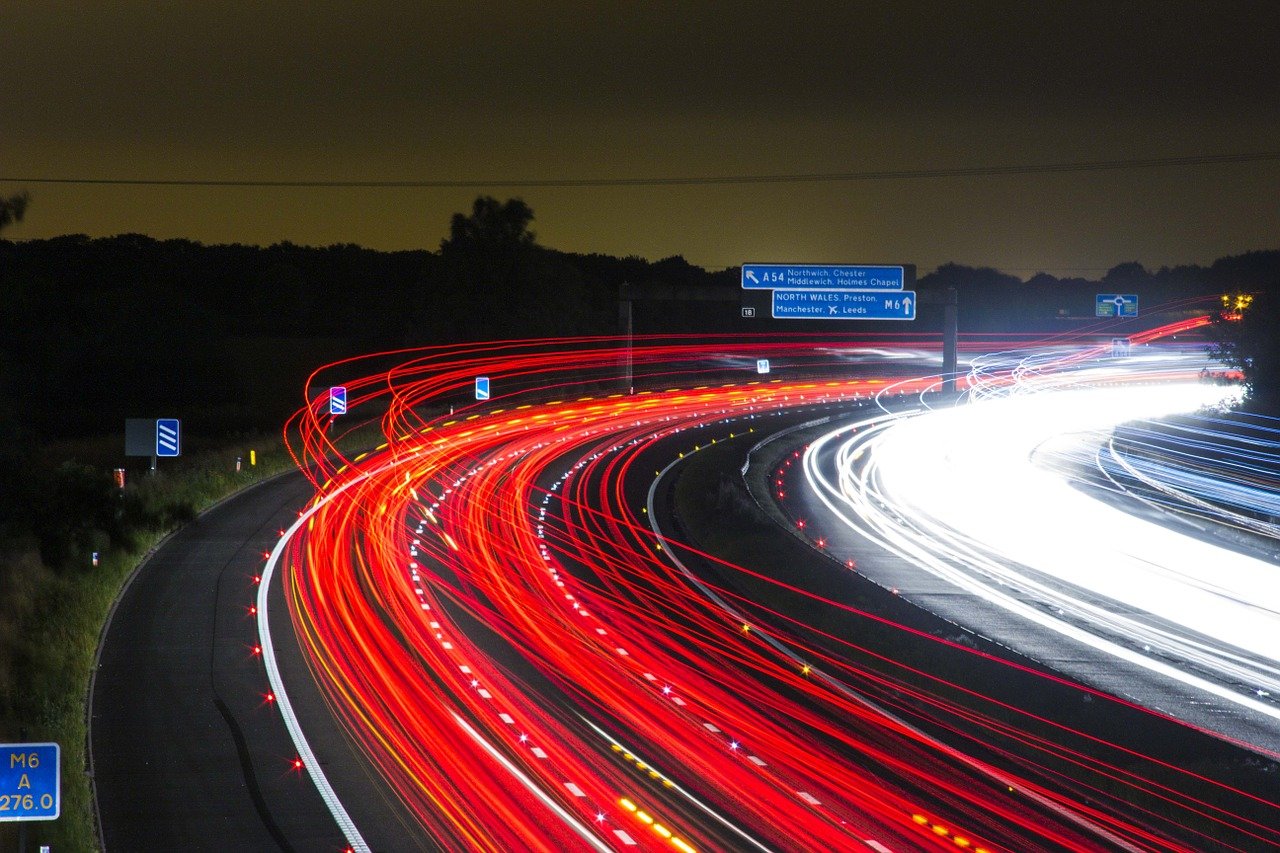Sonja Hart: Regulatory vision set out for self-driving vehicles

The law commissions of England, Scotland and Wales have produced a joint report setting out their recommendations for a regulatory framework concerning automated vehicles. If the idea of vehicles capable of driving themselves dominating the local high street seems at present somewhat futuristic, software and AI-enabled driving features are becoming increasingly common and recently there have been news stories about such features being in use during road traffic accidents and causing car manufacturers to do product recalls. Clarity on the legal position of self-driving and driver assistance features is therefore a welcome development.
The report seeks to address fundamental questions around ensuring a sufficient level of safety and allocating liability between the self-driving car or feature and its manufacturer and the person behind the wheel in the event that something goes wrong.
The meaning of “self-driving” and responsibility for offences
The report draws a key distinction between driving features which are capable of operating safely without the driver having to pay any attention to the road or the driving and assistive driving features that do not meet this standard. Only in the former case would a vehicle or driving feature be considered self-driving, though it is worth noting that a feature would still be considered self-driving if it is capable of issuing a demand for the driver to take over in situations that the feature is not capable of handling, provided that the takeover demand meets certain criteria, such as allowing the driver enough time to gain awareness of the situation.
This distinction is important because the driver, or the “user-in-charge” to use the terminology of the report, would not be responsible for offences arising from the driving tasks carried out by a self-driving feature. Instead, the manufacturer or software developer that has been granted authorisation to sell the vehicle for use on GB roads would be responsible. This would be dealt with as a regulatory matter investigated by the regulator and resulting in sanctions if necessary.
In general, the report is not proposing criminal sanctions where self-driving features cause driving in a way that would incur criminal liability in the case of a human driver. However it does recommend a statutory duty of candour and related offences which would apply where there is a failure to provide information to the regulator or false or misleading information is provided and this has safety implications. If breach of the duty of candour leads to serious injury, then it is also possible that criminal liability could arise.
It is also worth noting that the human driver would still have responsibility for driving when the self-driving features are not in use and for offences that do not relate to actual driving tasks (such as ensuring that appropriate insurance is in place and that children on board are wearing seatbelts).
Authorisation and safety
To supplement the current approval framework which applies to all cars, the report suggests an additional authorisation step for vehicles with self-driving features before they can be sold. There is flexibility around the specific entity that can seek authorisation and, as already mentioned, the report envisages that this could either be the vehicle manufacturer, the software developer involved in creating the self-driving features or possibly a partnership between the two.
The authorisation is also envisaged to include a safety case and an equality impact assessment, though the specific safety standards to be met are reserved in the report as a matter of policy best decided by the ministers. Judging from the consultation responses, the minimum level of safety will likely be a hotly debated topic, with some responses favouring the approach that self-driving features should only be slightly safer than human drivers whilst others arguing that they should be much safer. It will be interesting to see how the legislators will go on to deal with the issue as the safety standards will have to strike a balance between facilitating innovation relating to automated vehicles and judgment of acceptable risks.
Once the authorisation has been granted, the authorised entity will have to meet ongoing obligations, such as implementing updates to ensure ongoing compliance and providing vehicle data to regulators and insurers, for example in the case of an accident.
An entirely driverless future?
Certain self-driving vehicles could potentially be authorised for use without a driver, with all the people within the vehicle being essentially passengers. In this case, the vehicle would have to be monitored by an operator licenced for this purpose. This licensed operator would be required to oversee the journey and respond to real-time alerts issued by the vehicle. There are many potential use cases for entirely driverless vehicles, such as public transport, carriage of goods and automatic valet parking. As more evidence is needed and there are a number of challenges to overcome, the report proposes introduction of “interim passenger permits” to allow trials - involving the use of safety drivers - to be carried out.
Marketing
Considering the key distinction between the driver needing to monitor the car whilst using some assistive features and being able to take hands off the wheel and relax when self-driving mode is engaged, the report recommends that marketing use of certain terms, such as “self-driving”, in connection with vehicles that are not authorised or otherwise giving the impression that drivers do not need to pay attention, should be a criminal offence.
What happens next?
The report itself does not have the power to make any changes to the current legislation – the next step will be for the UK and devolved governments to consider the recommendations and initiate legal changes they consider appropriate.
Sonja Hart is an associate at Burness Paull









